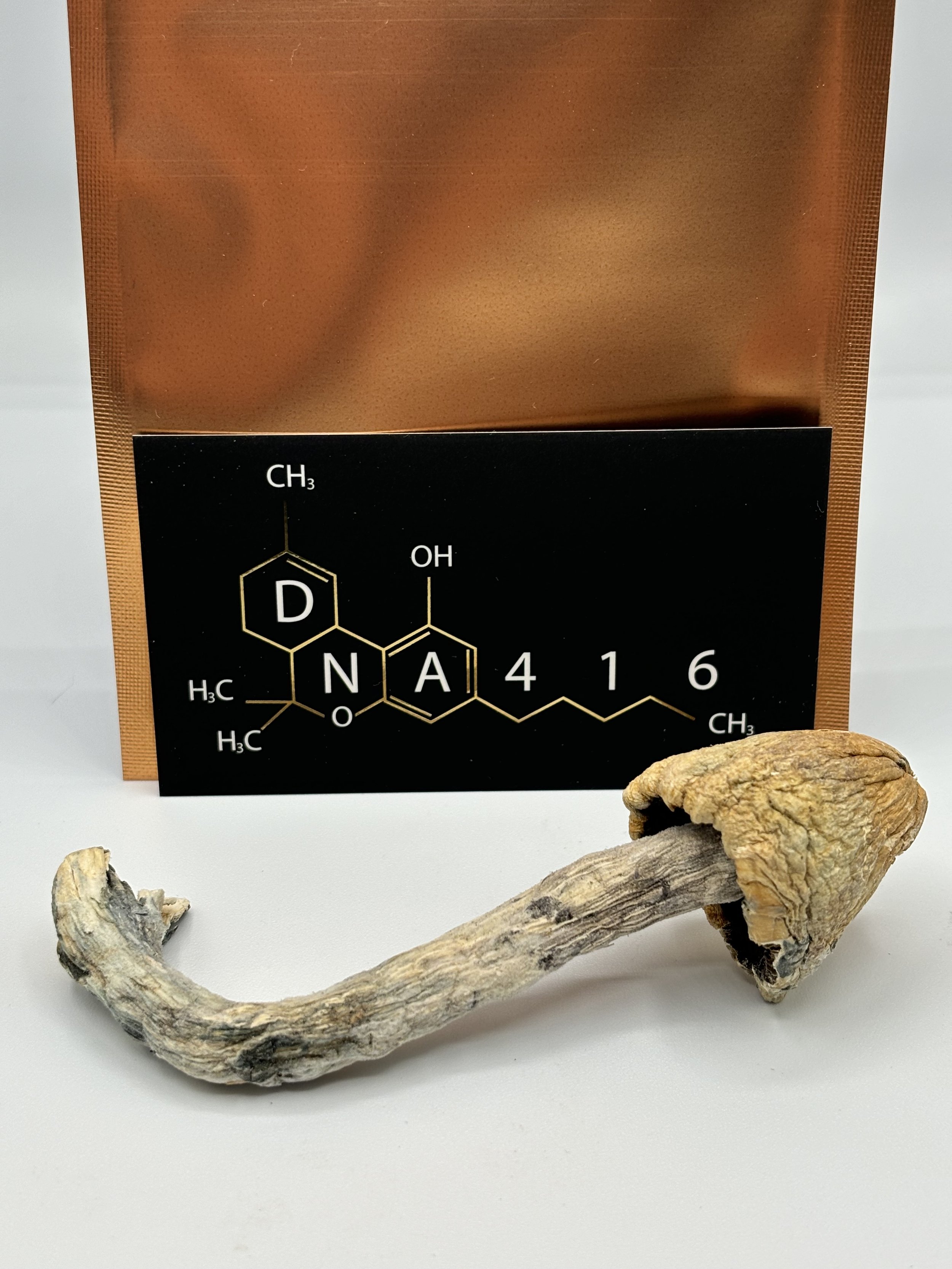 Image 1 of
Image 1 of


Bohemian Mushrooms
Psilocybe serbica is a European species discovered by Horak in 1969. It is reported as containing 1.34 percent psilocybin, 0.11 percent psilocin, and 0.02 percent baeocystin (Gartz and Muller, 1989; Gartz, 1994).
P. serbica occurs in the Czech Republic and central Europe — once known as Bohemia, hence the synonymous name, Psilocybe bohemica. The species is found growing mostly in groups. Typically on well decayed deciduous and coniferous wood, on twigs, compost, and plant humus. The cap is often buff-brown to dingy orangish-brown and pale reddish-brown when dry, smooth, hygrophanous, not viscid and without a separable gelatinous pellicle. The stem is whitish to cream-colored, bruising blue when injured.
Psilocybe serbica is a European species discovered by Horak in 1969. It is reported as containing 1.34 percent psilocybin, 0.11 percent psilocin, and 0.02 percent baeocystin (Gartz and Muller, 1989; Gartz, 1994).
P. serbica occurs in the Czech Republic and central Europe — once known as Bohemia, hence the synonymous name, Psilocybe bohemica. The species is found growing mostly in groups. Typically on well decayed deciduous and coniferous wood, on twigs, compost, and plant humus. The cap is often buff-brown to dingy orangish-brown and pale reddish-brown when dry, smooth, hygrophanous, not viscid and without a separable gelatinous pellicle. The stem is whitish to cream-colored, bruising blue when injured.
Psilocybe serbica is a European species discovered by Horak in 1969. It is reported as containing 1.34 percent psilocybin, 0.11 percent psilocin, and 0.02 percent baeocystin (Gartz and Muller, 1989; Gartz, 1994).
P. serbica occurs in the Czech Republic and central Europe — once known as Bohemia, hence the synonymous name, Psilocybe bohemica. The species is found growing mostly in groups. Typically on well decayed deciduous and coniferous wood, on twigs, compost, and plant humus. The cap is often buff-brown to dingy orangish-brown and pale reddish-brown when dry, smooth, hygrophanous, not viscid and without a separable gelatinous pellicle. The stem is whitish to cream-colored, bruising blue when injured.